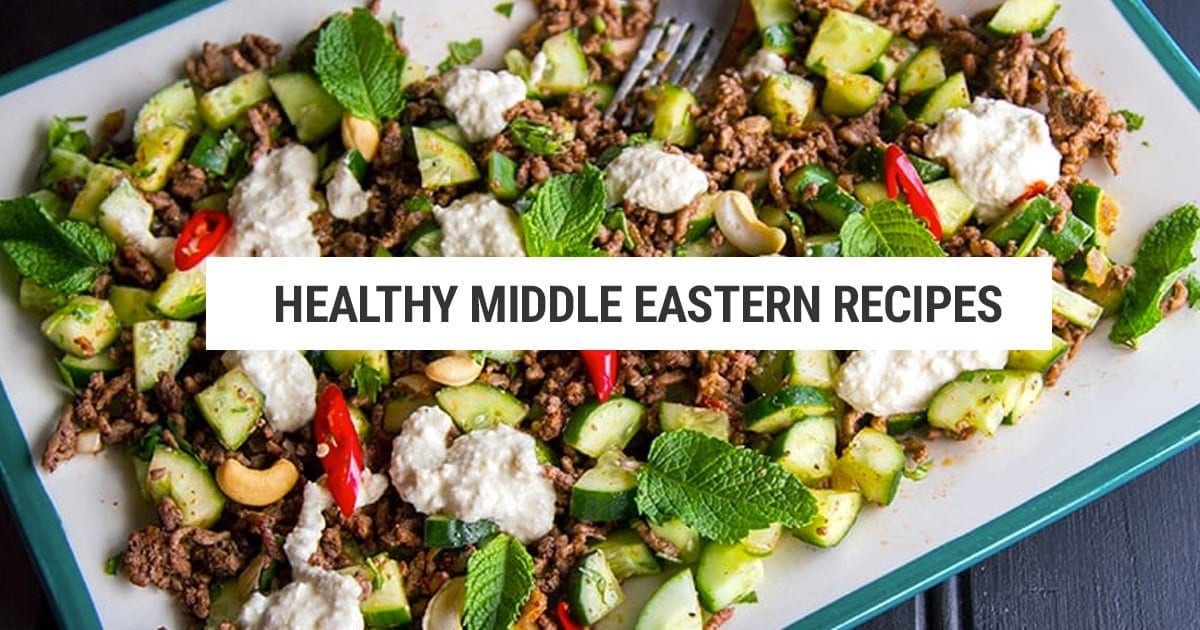Embark on a culinary journey through the vibrant landscapes of the Middle East, reimagined for a low-carb lifestyle. Imagine succulent chicken shawarma, its fragrant spices mingling with crisp vegetables, or the creamy, smoky allure of baba ghanoush, each bite a testament to flavorful adaptation. This exploration unveils a collection of beloved Middle Eastern dishes, skillfully transformed to satisfy both your palate and your dietary needs. Prepare to discover how traditional recipes can be effortlessly adapted, maintaining their authentic character while embracing a low-carb approach.
From the richly spiced depths of tagines to the refreshing lightness of salads, we’ll guide you through creating delectable low-carb versions of classic dishes. We’ll delve into the secrets of substituting high-carb ingredients with healthier, lower-carb alternatives, ensuring that every meal is a harmonious blend of taste and mindful eating. Learn to master the art of preparing a stunning low-carb mezze platter, a visual feast as captivating as it is delicious. Get ready to transform your culinary experience with these exciting and satisfying recipes.
Step-by-Step Recipe Creation

This recipe for low-carb chicken shawarma offers a delicious and healthy twist on a Middle Eastern classic. By using chicken breast and omitting the traditional pita bread, we significantly reduce the carbohydrate content, making it a perfect choice for those following a low-carb diet. The vibrant flavors of the marinade and the refreshing crunch of the accompanying salad perfectly complement the tender chicken, creating a satisfying and flavorful meal.
Low-Carb Chicken Shawarma Marinade
The marinade is the key to achieving that signature shawarma flavor. A rich blend of spices infuses the chicken, resulting in incredibly tender and flavorful meat. This marinade is designed to be both flavorful and relatively low in carbohydrates.
- 1.5 lbs boneless, skinless chicken breasts, cut into 1-inch cubes
- 1/4 cup olive oil
- 1/4 cup lemon juice
- 2 tablespoons paprika
- 1 tablespoon ground cumin
- 1 tablespoon garlic powder
- 1 tablespoon dried oregano
- 1 teaspoon ground cinnamon
- 1 teaspoon ground coriander
- 1/2 teaspoon cayenne pepper (optional, for extra heat)
- 1 teaspoon salt
- 1/2 teaspoon black pepper
In a large bowl, combine all marinade ingredients. Add the chicken cubes, ensuring they are thoroughly coated. Cover the bowl and refrigerate for at least 4 hours, or preferably overnight, to allow the flavors to fully penetrate the chicken.
Preparing the Shawarma Salad
A crisp and refreshing salad provides the perfect counterpoint to the rich flavors of the shawarma. This salad is designed to be light and low-carb, complementing the main dish without adding excessive carbohydrates.
- 1 cup shredded cabbage
- 1/2 cup shredded carrots
- 1/4 cup chopped red onion
- 1/4 cup chopped fresh parsley
- 2 tablespoons olive oil
- 1 tablespoon lemon juice
- Salt and pepper to taste
In a separate bowl, combine all salad ingredients. Toss gently to combine and season with salt and pepper. Set aside until ready to serve.
Cooking the Chicken Shawarma
There are several methods for cooking the chicken shawarma, but this recipe utilizes a skillet for convenience and ease of preparation. This method ensures the chicken is cooked through and retains its moisture.
- Heat a large skillet over medium-high heat. Add the marinated chicken cubes, ensuring not to overcrowd the pan.
- Cook the chicken for about 5-7 minutes per side, or until it is cooked through and nicely browned. Use tongs to turn the chicken, ensuring even cooking.
- Once cooked, remove the chicken from the skillet and set aside.
For best results, ensure the chicken reaches an internal temperature of 165°F (74°C) before serving.
Serve the cooked chicken shawarma immediately over a bed of the prepared salad. The vibrant colors of the salad and the rich, deeply flavored chicken create a visually appealing and incredibly flavorful dish. Enjoy!
Tonight, your kitchen transforms into a vibrant Middle Eastern marketplace, brimming with the aromas of exotic spices and the promise of delicious, low-carb feasts. Having explored the art of adapting traditional recipes and creating stunning low-carb versions of beloved dishes, you’re equipped to embark on your own culinary adventures. From the satisfying crunch of shawarma to the smooth elegance of baba ghanoush, each recipe offers a unique opportunity to savor the authentic flavors of the Middle East while adhering to your dietary preferences. So, gather your ingredients, embrace the process, and prepare to delight your senses with these exceptional low-carb Middle Eastern culinary creations.
Answers to Common Questions
Can I use cauliflower rice instead of regular rice in Middle Eastern dishes?
Yes, cauliflower rice is an excellent low-carb substitute for regular rice in many Middle Eastern dishes, offering a similar texture and easily absorbing flavors.
Are all Middle Eastern dips inherently high-carb?
No, many Middle Eastern dips, such as baba ghanoush (when made without added bread or high-carb ingredients) and certain hummus variations (using fewer chickpeas), can be relatively low-carb.
What are some good low-carb alternatives to pita bread?
Lettuce wraps, portobello mushroom caps, or even low-carb tortillas are great alternatives to pita bread for scooping dips or wrapping shawarma.
How can I make my low-carb Middle Eastern meals more filling?
Incorporate healthy fats like olive oil, avocado, nuts, and seeds to increase satiety and enhance the flavor of your dishes.


:max_bytes(150000):strip_icc()/258084-peanut-butter-energy-balls-beauty-742f9126aa1e43f785920d9d5a47a1c3.jpg)